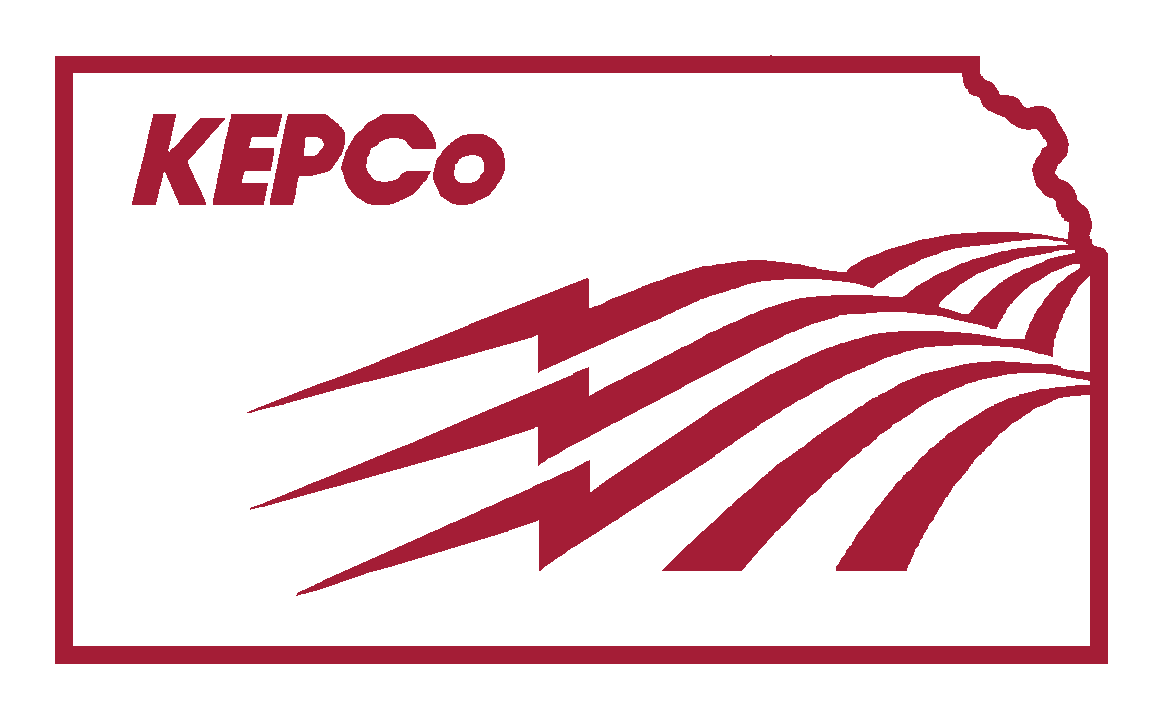A Moment with the CEO
BY SUZANNE LANE

Carbon-free, non-greenhouse gas emitting, net-zero carbon emitter, decarbonization, reducing the carbon footprint…however the topic around carbon dioxide emission reduction is characterized, it’s a topic that is at the forefront of the minds of American electric utilities, consumers, environmental advocate groups, businesses, and government—at all levels. Here at KEPCo, over 60% of our average annual energy needs are provided by carbon-free resources. While we fully appreciate that many of our fellow generation and transmission cooperatives have a wide spectrum of positions and strategies surrounding the topic of carbon reduction, we are proud to be in a strong position already when it comes to minimizing our carbon footprint. However, we are simultaneously proud of being a co-owner of one of the newest, most efficient coal generation units in the country—the Iatan 2 Generating Plant.
To further describe our diverse generation portfolio, for 2020, noting that it was a year in which the Wolf Creek Generating Station did not come off-line for a refueling outage, KEPCo’s generation portfolio on an annual energy basis was as follows:
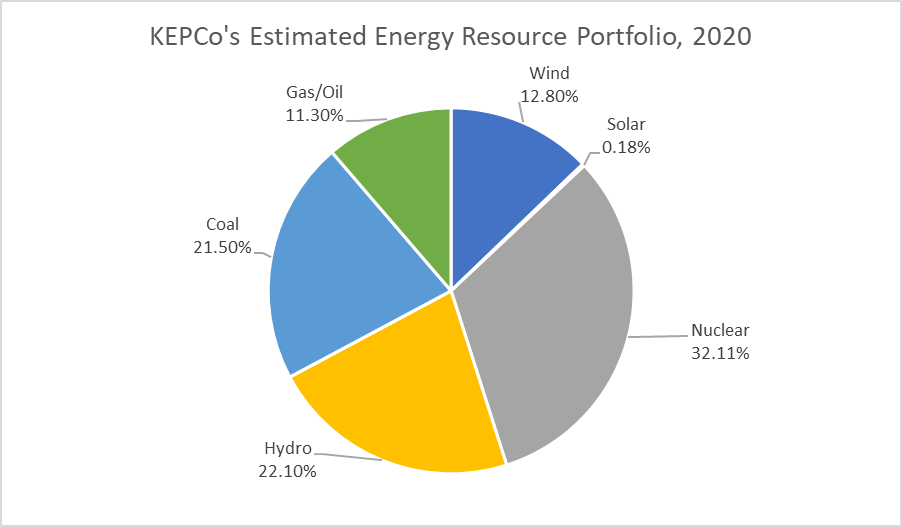
In addition to generation diversity, fuel assurance is another key topic in the industry right now as a result of the polar vortex weather event—Winter Storm Uri—that occurred earlier this year. The importance and value of KEPCo’s resources with fuel certainty (nuclear, coal, and hydro) was highlighted tremendously by this event, specifically from a cost and reliability perspective.
Thanks to the foresight of our past and present Board of Trustees and employee team, we have not only created a diverse power supply portfolio over our 46-year history, but we continue to keep resource diversity and fuel certainty at the forefront of our purpose of providing safe, reliable, economical, environmentally responsible power to our members.
Generating Safety
Be Careful of the Sun

While some exposure to sunlight can be both enjoyable and beneficial, too much can be dangerous. Overexposure to ultraviolet (UV) radiation from the sun can result in a painful sunburn. It can also lead to more serious health problems, including skin cancer, premature aging of the skin, cataracts and other eye damage, and immune system suppression.
- Don’t Burn – Sunburns significantly increase one’s lifetime risk of developing skin cancer, especially for children.
- Use sunscreen – Choose a sunscreen that has sun-protection factor (SPF) of 15 or higher that screens out both UVB and UVA rays. Always use plenty of sunscreen and reapply as directed on the package label.
- Wear protective clothing – Clothing offers protection against UV rays but small amounts can still pass-through fabrics that are loosely woven or wet.
- Plan outdoor activities for less sunnier times of day – Plan outdoor activities for early morning, late afternoon, or evening whenever possible.
- Seek shade when outside – This reduces the potential for sun damage; however, even shaded areas can contain UV rays bent by the atmosphere.
- Avoid tanning booths – There is no such thing as a safe tan from a tanning booth. If you want a tan, consider using sunless tanning products.
- Inspect your skin regularly – Early detection is important. Look for changes in your skin, including the size, color, and shape of moles.
KEPCo Participates in NRECA Legislative Conference
The annual NRECA Legislative Conference was held virtually on April 19-22, 2021. This year’s event featured one day of training and discussions followed by three days of meetings with members of the Kansas congressional delegation. On April 19, NRECA staff briefed the conference attendees on priority legislative issues and the status of those issues in Congress. Kansas electric cooperative leaders then met virtually with the Kansas delegation on April 20-22. This event provided cooperative representatives with the valuable opportunity to network with peers, learn about the latest legislative issues impacting the electric cooperative industry, and connect with our representatives on Capitol Hill.
The specific issues discussed with the Kansas congressional delegation are detailed in the following paragraphs.
H.R. 2244/S. 978 – The Flexible Financing for Rural America Act
Many Kansas electric cooperatives use financing from the USDA’s Rural Utilities Service (RUS) Electric Loan program to deliver affordable and reliable electricity to their communities. Unlike many other types of loans, RUS loans cannot be refinanced. As a result, electric cooperatives are paying higher interest rates when compared to current market rates. A bipartisan bill has been introduced, which would allow RUS borrowers to obtain lower interest rates, without penalty, on RUS loans and take advantage of current interest rates. Kansas Senators Moran and Marshall were co-sponsors of the Senate version of the bill.
Suzanne Lane, KEPCo EVP & CEO, delivered the message to the Kansas delegation, thanking Senators Moran and Marshall for their support and asking the other members of the delegation to support the bill. Subsequent to the conference, Representatives Estes and Mann joined in the House version of the bill. “This is an important piece of legislation that can positively impact thousands of rural electric cooperative members across Kansas. I am delighted with the support shown by the Kansas delegation and the more than 150 co-signing members of Congress as well,” said Lane. Ms. Lane was also featured in an article published by NRECA in the Grassroots Strength section of their website regarding the refinancing legislation, stating, “All other things being equal, we could keep our rates stable and maybe even lower them. It would be a big help for rural America.” Per latest estimates, Kansas cooperatives would save approximately $100 million in interest costs if Congress were to pass the bill.
Comparable Federal Incentives for Energy Innovation
As not-for-profit businesses, electric cooperatives cannot access certain energy innovation tax incentives available to other businesses designed to expand new technologies and clean energy deployment. Electric cooperatives need access to direct pay tax incentives and financing options that promote affordable and reliable electricity, including carbon capture facilities, renewable energy, energy storage, transmission, and EV infrastructure.
Reliable and affordable electricity is the foundation of economic opportunity and evolving electric co-op member expectations. A diverse energy portfolio, including emerging technologies, helps co-ops maintain affordable rates and high reliability. But developing clean energy resources and innovative technologies carries significant capital expense. The federal tax code provides tax credits to for-profit businesses to encourage the development of various energy sources, including wind and solar energy. Because of their not-for-profit tax status, electric co-ops do not have access to those same tax incentives and are disadvantaged when working to implement innovative technologies.
Federal policies should incentivize innovative and sustainable energy technologies while avoiding increased costs for co-op consumer-members. To that end, Congress should allow electric co-ops to take advantage of energy tax incentives through direct pay tax credits to promote the development of advanced energy resources.
Electric Co-ops Part of Solution to Expand Rural Broadband
Millions of rural Americans do not have access to modern technological advancements and economic opportunity because of the lack of broadband deployment in their area. The necessity for ubiquitous high-performing broadband was never more pronounced than during the COVID-19 pandemic. The pandemic has prompted new modes for delivery of healthcare, education, and professional services, to name a few. Therefore, continued federal investment through grant and loan programs is necessary to make broadband available to all Americans and to prioritize projects in areas with the lowest population densities.
In addition to the need for sustained investment in broadband programs, which target federal resources at unserved and underserved communities, broadband data collection and mapping to clarify existing gaps in coverage should be improved, the minimum definition of broadband speed should be increased, and the Federal Communications Commission should ensure Phase I Rural Development Opportunity Fund (RDOF) bidders have the financial, technical, and operational ability to meet their obligations.
Electric Cooperatives View on A Lower-Carbon Future
America’s electric cooperatives are focused on a just and reasonable approach to climate policy and energy supply that prioritizes the affordable, reliable, and responsible delivery of electricity to every community. Energy and climate policies must include realistic, reasonable, and achievable timelines. Therefore, any policy proposal should ensure an affordable, reliable electricity supply for consumers; invest in needed infrastructure improvements, including the sustained development of energy technology; mitigate the financial impact of stranded assets; and limit the economic impact on our most vulnerable communities.
Electric cooperatives are already taking environmental concerns into account when evaluating current and future energy supply needs. Indeed, nationally electric cooperatives lowered carbon emissions by 18% between 2005 and 2019. In that same vein, policy proposals must be considered through the lens of affordability, reliability, responsibility, and flexibility, and policymakers and stakeholders must pursue a balanced and thoughtful approach that is inclusive of all energy sources and the communities that rely on therm.
USPS Proposed Postal Increase Burdens Co-ops
The Postmaster General and the Board of Governors of the Postal Service are proposing a 6-8.5% increase for certain rate classes and services provided by the U.S. Postal Service. Higher postal rates will negatively impact not-for-profit entities, like rural electric cooperatives. In order to mitigate the effect of the proposed rate increases, we requested that our Kansas delegation reach out to postal service leaders and encourage them to postpone any increases until 2022.
KEPCo Files WAPA IRP
In June, KEPCo submitted an Integrated Resource Plan (IRP) to the Western Area Power Administration (WAPA), which is required every five years under federal law. The IRP includes extensive data, such as analyzing all practicable energy efficiency and energy supply resources, efforts taken to minimize adverse environmental impacts, load forecasting, identifying demand-side management programs and options, and soliciting public comment, among other information and analyses.
Power System Engineering completed the Resource Planning Study that examines long-range power supply options, encompassing the years 2022 through 2036.
REDLG Loan Approved

A USDA Rural Economic Development Loan and Grant (REDLG) program loan was approved for the City of Erie, Kansas, which is located near the service territory of Heartland Rural Electric Cooperative, Inc., to purchase an existing grocery store, land, equipment, and store inventory, and to upgrade the services provided by the store.
“This REDLG loan is yet another example where a member cooperative has been able to assist a rural business and impact a rural community in a positive way,” said Susan Cunningham, SVP, Regulatory & Government Affairs, and General Counsel.
As a result of the loan, the City of Erie will not only retain the approximately $20,000 in sales tax receipts that would have been lost if not for keeping the store open via the REDLG loan, but also will ensure that a valuable service remains in the community.
Suzanne Lane Panelist at ACES Membership Conference
The annual ACES Power Membership Conference was held June 3-4 in Indianapolis, Indiana. Industry executives from across the country met for two days to discuss a variety of topics, which included future resource mix, balancing grid reliability with the push for clean energy, weather trends for 2021, economic market signals and the impact on the energy industry, consumer behavior trends, today’s hydrogen markets, and the future of the industry.
Suzanne Lane, KEPCo EVP & CEO, was invited to participate as a panelist on the Cooperative CEO Panel, along with the CEOs from Hoosier Energy (Donna Walker) and Southern Maryland Electric Cooperative (Sonja Cox). Ms. Lane’s topic was Leading through Winter Storm Uri. “I was honored to represent KEPCo and our member cooperatives at such an important forum. To have peer utilities recognize the expertise and experience at KEPCo, by inviting me to speak, is indicative of the respect KEPCo has earned throughout the industry,” said Lane.
Ms. Lane shared with the conferees the circumstances surrounding the winter event that ultimately led to the Southwest Power Pool (SPP) initiating two controlled curtailments. She noted that extreme and prolonged cold temperatures across the entire SPP footprint caused an increase in electricity use, while at the same time generation resources within the SPP were limited in their capacity to produce energy. Ms. Lane pointed out these proactive actions taken by the SPP prevented longer, uncontrolled, more widespread, and more costly curtailments.
Ms. Lane stated the key to leadership during the storm was communication. Winter Storm Uri was an unexpected and, quite literally, uncontrollable event. Real-time information from the SPP and from KEPCo’s suppliers was critical in implementing mitigation plans to limit the reliability and financial impacts to KEPCo’s members. “When such a catastrophic event impacts not only KEPCo but virtually every utility within the SPP, continuous communication is key to keeping our members and Board of Trustees informed of the status of actions being taken by all entities involved. Having access to and sharing such information in real-time enabled KEPCo and its members to make the decision to run our peaking generators and engage in conservation efforts that helped mitigate the impacts of the storm. These mitigation efforts, in turn, also helped prevent longer-term and more costly issues,” said Lane.
Lane also lauded the efforts of the Board of Trustees in developing and approving a plan to minimize the financial impacts of Uri by amortizing the costs associated with the storm over a 24-month period. This decision was made over the course of several board meetings and was a result of open communication and discussion among the members and KEPCo staff.
Get to Know KEPCo Employees
CHRIS DAVIDSON, Engineer 3, joined KEPCo in 2012. Before coming to KEPCo, Chris worked for the Kansas Department of Transportation.
Chris is from Topeka and is married to Carrie. He graduated from Kansas State University with a Bachelor of Science degree in Electrical Engineering and earned his Professional Engineer designation in 2014.
Chris’ responsibilities center around distribution-related engineering services, such as construction work plans, sectionalizing studies, work order inspections, spill prevention plans, and load studies, primarily through KEPCo’s wholly-owned subsidiary, KEPCo Services, Inc.
When not at work, Chris enjoys spending time with his wife, bicycling, and playing bass guitar for his church’s Worship Team.
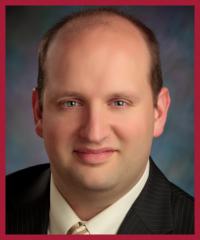
PHIL WAGES, Director of Member Services, Government Affairs, and Business Development, began his career at KEPCo in 1998. Phil’s previous career experience includes working for Time-Warner, Inc., the Meredith Corporation, and the Kansas Secretary of State.
Phil is from Topeka, attended Kansas State University, and graduated from Washburn University, where he earned a Bachelor of Business Administration degree in Marketing and also a Master of Business Administration degree.
Phil is married to Tina and they have two adult children. In his spare time, he enjoys watching K-State football, landscaping, and attending estate auctions.
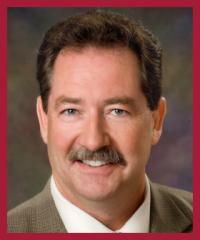
KEPCo Selects Summer Intern
JUSTIN DONALDSON of Maple Hill was selected as the recipient of the Stephen E. Parr Engineering Internship. Justin is the son of Jeryl and Jenny Donaldson.
Justin graduated from Wabaunsee High School and is a senior at Kansas State University, majoring in mechanical engineering.
Justin has a younger brother and sister and enjoys distance running when not hitting the books. Welcome, Justin!

Wolf Creek Completes Refueling Outage 24
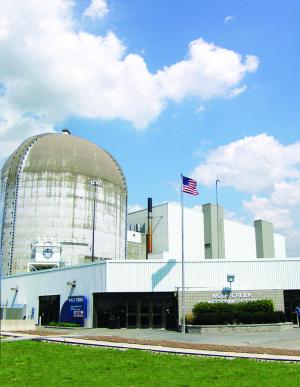
On May 15, the Wolf Creek Nuclear Generating Station returned to service following Refueling Outage 24. Every 18 months, Wolf Creek replaces approximately one-third of the fuel assemblies in the reactor vessel.
In addition, Wolf Creek staff implement plant modification projects and perform a significant amount of equipment maintenance to ensure reliable performance for the next operating cycle during the refueling outage.
KEPCo Services, Inc. Assists with Member Solar Projects
In 2020, 12 KEPCo member cooperatives joined together to form the Kansas Cooperative Sun Power Program, a series of solar farms developed by Today’s Power, Inc., totaling 20 Megawatts of solar power that will provide year-round solar energy to the members of the 12 participating cooperatives.
Six of the cooperatives moved forward in 2021 to construct one-megawatt solar arrays at 11 different physical locations across Kansas. The cooperatives began site preparation in early 2021 and each were operational by June 8.
For many of these installations, KEPCo Services, Inc. (KSI), in collaboration with Electricomm, Inc., provided the engineering services to safely interconnect the solar arrays to the grid. Due to the nuanced differences with each project, largely depending on the project location, KSI and Electricomm were creative in developing systems that utilized microprocessor-based equipment that leveraged communication paths, including fiber-optics and radios.
The KSI engineering team of Rick Johnson, Chris Davidson, and Luke Zahner were pleased to be involved in the project. “This project was exciting to work on, particularly when KSI has the opportunity to collaborate with other engineering companies with specific expertise in this field. Electricomm is a tremendous, reputable resource, and KSI always appreciates the opportunity to work with them,” said Rick Johnson, KSI Principal Engineer.
The remaining six members are planning to complete their projects in 2022. KSI is already having discussions and scoping meetings to prepare. “KSI is looking forward to putting forth our best effort once again,” said Johnson.
Spotlighting KEPCo’s Rebate Program
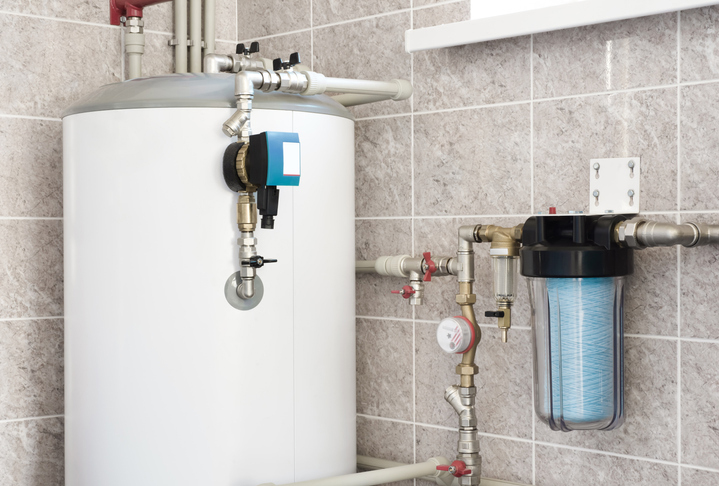
For more than 30 years, KEPCo has administered a rebate program for qualifying electric water heaters, air source heat pumps, and ground source heat pumps. Since inception of the program, KEPCo has processed nearly 9,000 heat pump rebates and 17,500 electric water heater rebates. The program incentivizes cooperative members to invest in energy efficient equipment, which lowers their energy consumption and provides our member cooperatives with more diversity of their load, particularly in winter months.
An air source heat pump is akin to a refrigerator, which draws out the warm air inside and extracts it through the coils, keeping the interior of the refrigerator cool. The air source heat pump pulls the warm air out of the house, leaving it cooler. In winter, it does the exact opposite: the heat pump pulls heat from exterior air and uses it to warm the house. Heat can be extracted from the outside air, even at temperatures as low as zero degrees Celsius or less.
Electric water heaters are becoming highly efficient and are emerging as a building block of the future electric grid. These formerly mundane units are evolving into smart appliances and energy storage units that are helping the grid become more stable and more efficient. By heating water when demand for electricity is low and storing the thermal energy for later use, electric water heaters can decrease energy consumption for the home or business owner.
“The rebate program is the longest-tenured member service program at KEPCo. For over three decades, the program has incentivized thousands of cooperative members to invest in energy efficient equipment. Not only has this led to reduced energy costs for the individual members but has cumulatively improved the load factor for our member cooperatives as well,” said Susan Cunningham, SVP Regulatory & Government Affairs & General Counsel.
